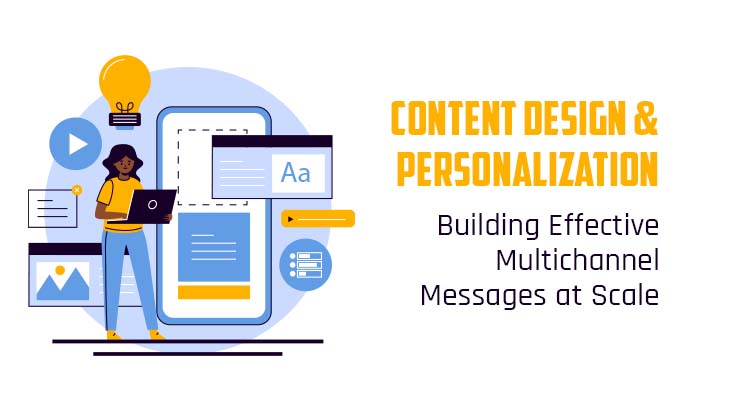Technology is growing rapidly and several new terms like artificial intelligence, machine learning, blockchain are becoming the trend. Smart contracts are also called as crypto-contracts, they are self-executing computer programs that enable functions like digital
Transactions, business, and much more based on the predefined conditions called as smart contract protocol. This blog is about smart contracts and solidify, You may wonder and ask what is solidity? It is nothing but just an Object-oriented programming language where the logic is expressed as smart contracts. This guide gives information about solidity for beginners by growing this article they can easily understand the concept behind programming language solidity.
What is Solidity?
Solidity is the high-level, object-oriented programming language that is used for implementing smart contracts. Smart contracts are used as the medium to communicate globally between the different language speakers and it is a simple machine language just like other programming languages such as C++, Python, and JavaScript. This language is used as a tool that is used to generate a machine-level code that can execute on the Ethereum Virtual Machine (EVM). It is the main programming language for ethereum blockchain and it is a contract oriented language. The language is written in the form of smart contracts which store all the programming logic that transacts to the EVM and it is a syntax language similar to Javascript.
Learn solidity for beginners
If you learn solidity then you can easily become the blockchain developer. Follow the below steps to write Ethereum smart contracts with solidity and you can do programming inside your web browser for doing that you need not have to install any development tools.
Solidity Basics
If you want to learn any language then just stick with the basic to grasp the concept of coding and it supports the generic value types such as booleans, integers, address, string literals, and modifiers.
Booleans
the logical operators of boolean data are! Logical negation, && logical conjunction, || logical disjunction, == equality, != inequality
Integers
The keywords uint8 and uint256 can be used to allocate storage of various sizes and they use the following integer data.
The symbols <=, <, ==, !=, >=, > are used for comparisons
The symbols &, |, ^ bitwise exclusive ‘or’, ~ bitwise negation, “not” are used as bit operators.
The symbols +, -, unary -, unary +, *, /, %, **, << , >> are the arithmetic operators.
Address
An address can hold up to a value of 20 byte that is almost equal to the size of an Ethereum address.
String Literals
String literals are expressed as either single or double quotes and bar will represent the three-byte element.
Modifier
Modifiers are used to check the coherence of the conditions defined before executing.
To create a mappings data structure, solidity offers values such as basic arrays, enums, hash values, and operators.
Remix IDE
It is an online tool that will allow you to write solidity smart contracts, run and deploy it. Just go to the browser and start coding, use a solidity language for writing smart contracts.
Follow the below steps:
- Identify the Remix, the IDE for solidity
- Code a smart contract
- Compile a solidity smart contract
- Then deploy the smart contract.
Identify the Remix, the IDE for solidity
Install the Remix which is the most popular development platform for solidity smart contract and the Remix allows you to do the following.
- Run a local Ethereum blockchain on the browser
- To compile
- Deploy smart contracts
- Interact with smart contracts.
The UI of the Remix is file editor, code editor, console, and toolbox.
Compiling & Testing
On the toolbox panel, click on the “ compile” tab, and in the dropdown menu select the same version of solidity. Click on the star to compile button and tick the “auto-compile”, so that you need not manually compile the file when the source code is changed.
Compile and test the smart-contract locally to ensure the functions, and use simple commands local Ethereum node to test. You will get an instant response for testing if you run TestRPC on port 8545 like a normal Ethereum node.
truffle compile
When your smart contracts have syntax error then the compiler error message will appear and it is very hard to interpret. If you get an error message about the stack size there is a possibility that you have passed too many variables. If you have bad conditional in code then you will get a runtime error message.
truffle migrate
Truffle migrate does the test deployment of smart-contract on to the TestRPC node.
Deploying the Contract
To do deploy follow the steps
- Mainnet deployment
- Get address of the token and send it to StoryDAO address
- transfer ownership of Token contract
Conclusion
I hope that the above step is very simple to follow and it is much easier for the beginners to understand. Blockchain development is growing very rapidly and if you learn to solidify then it brings more advantages for you.
















Post Comments